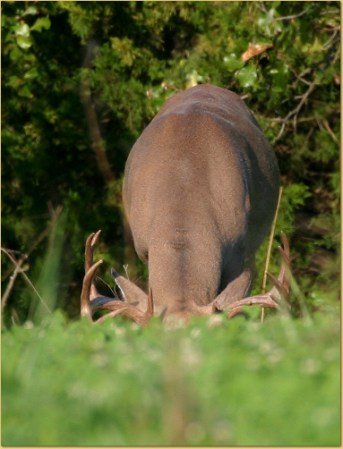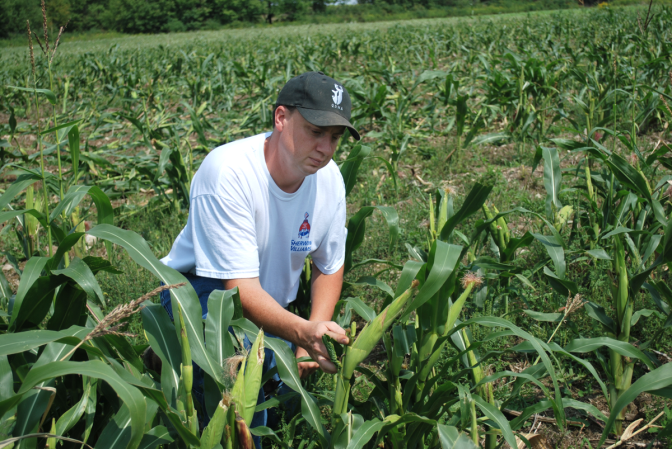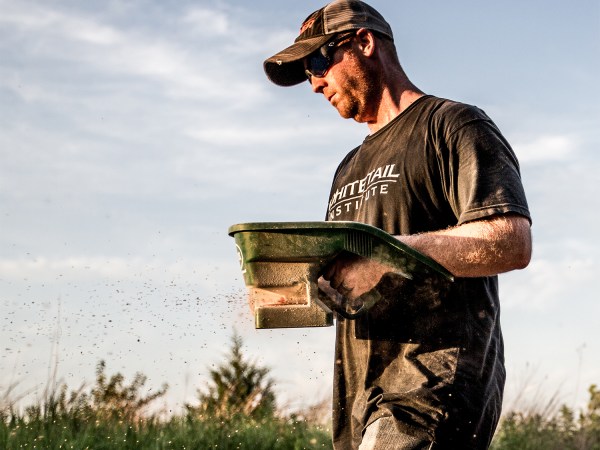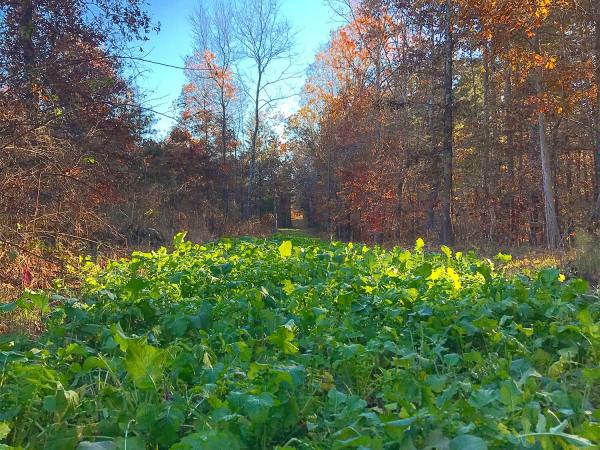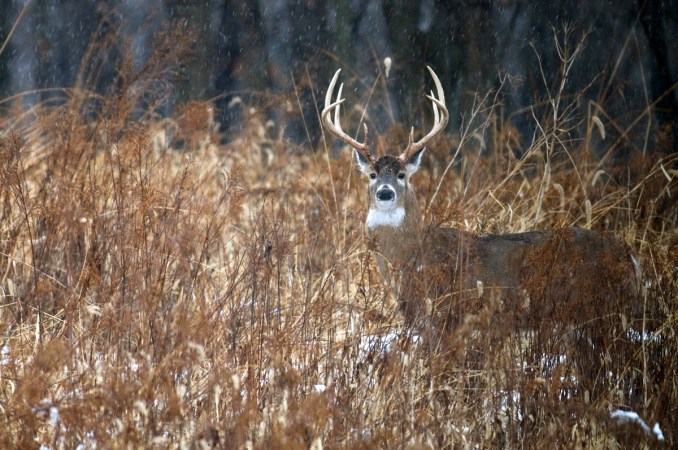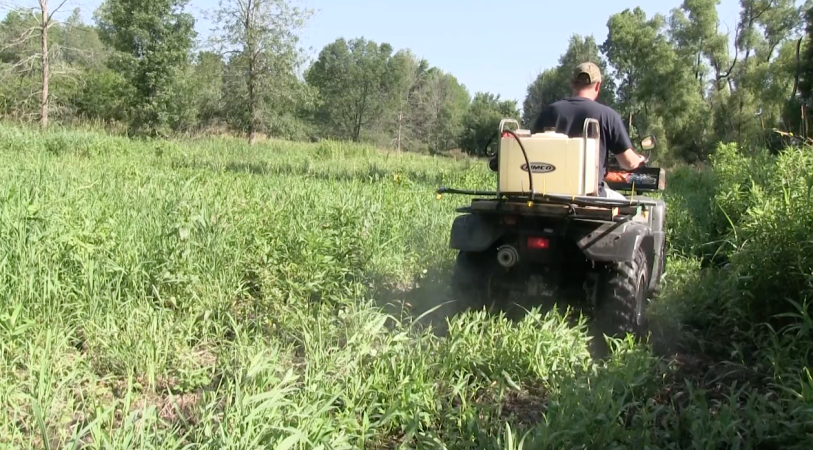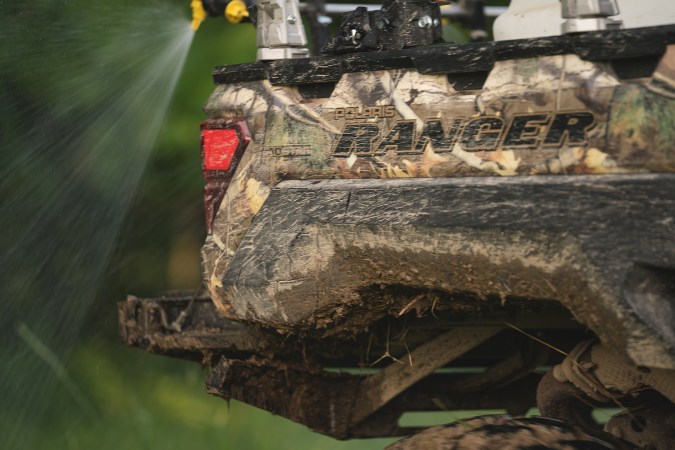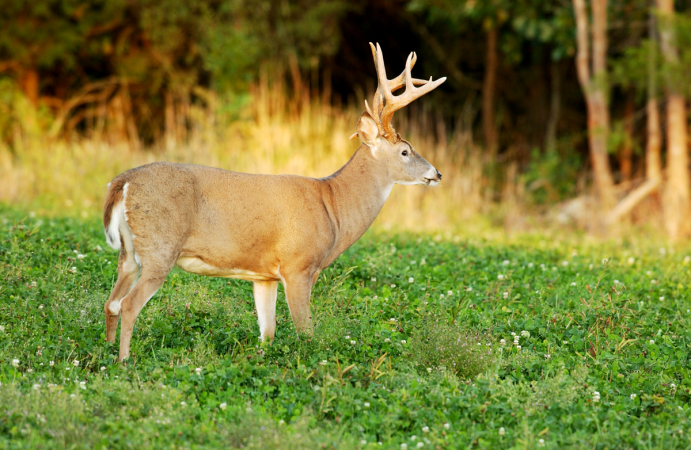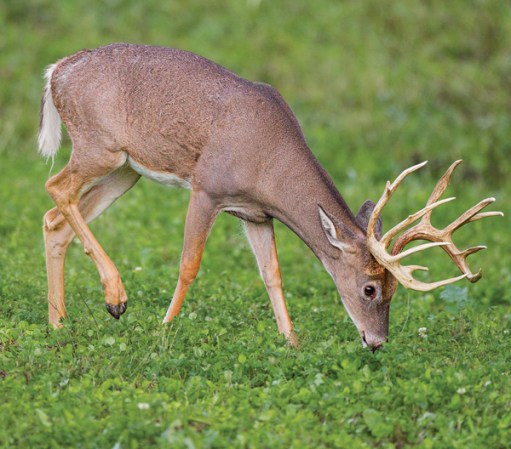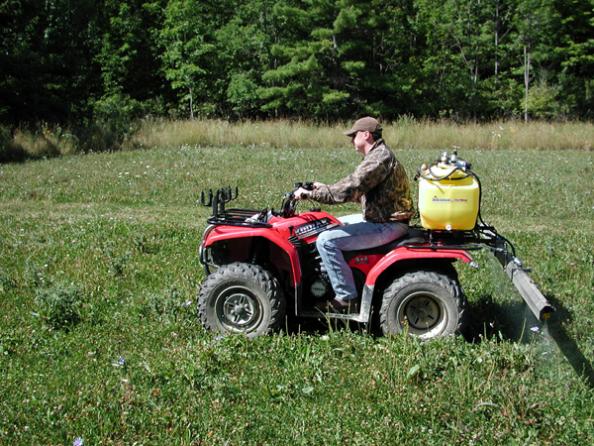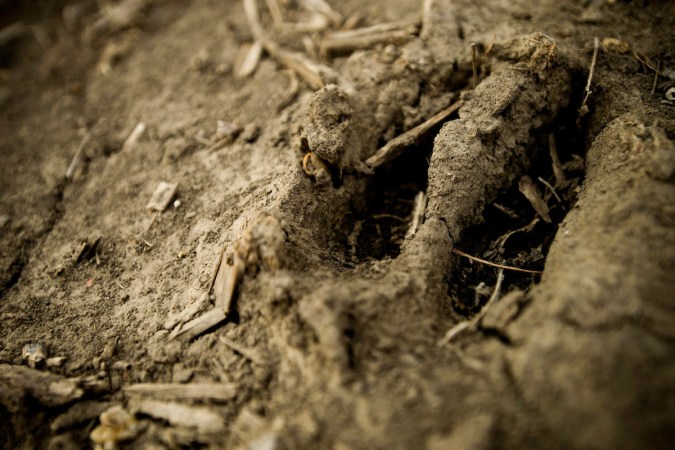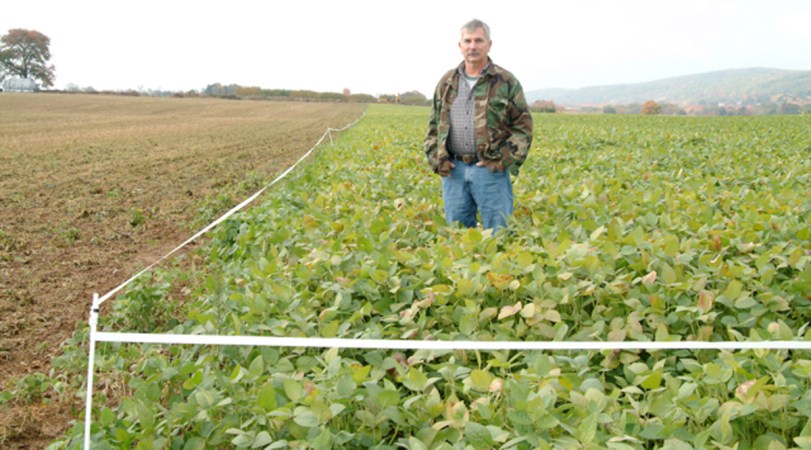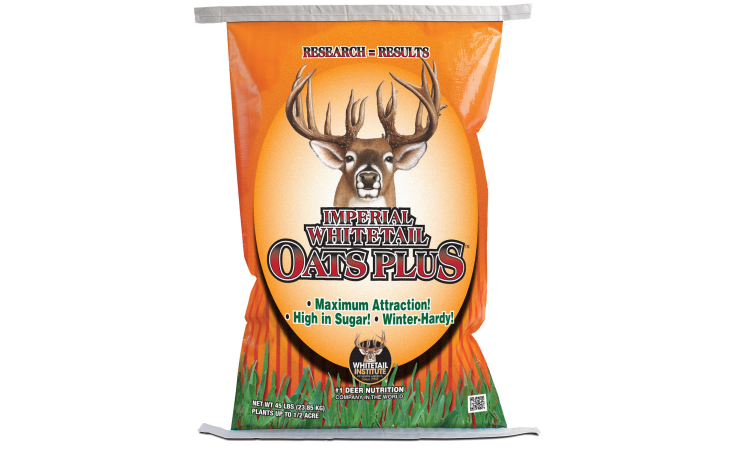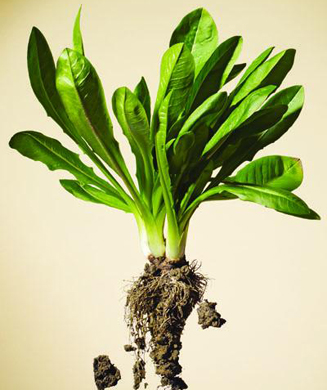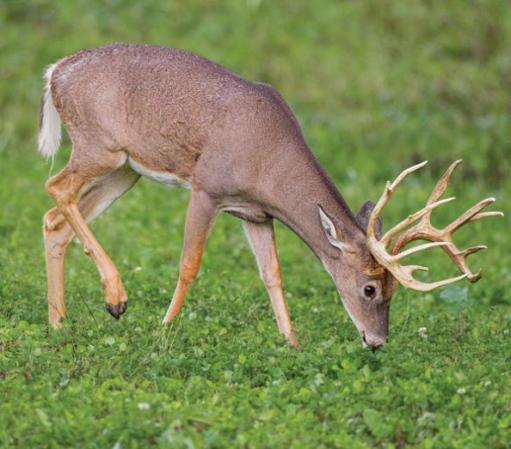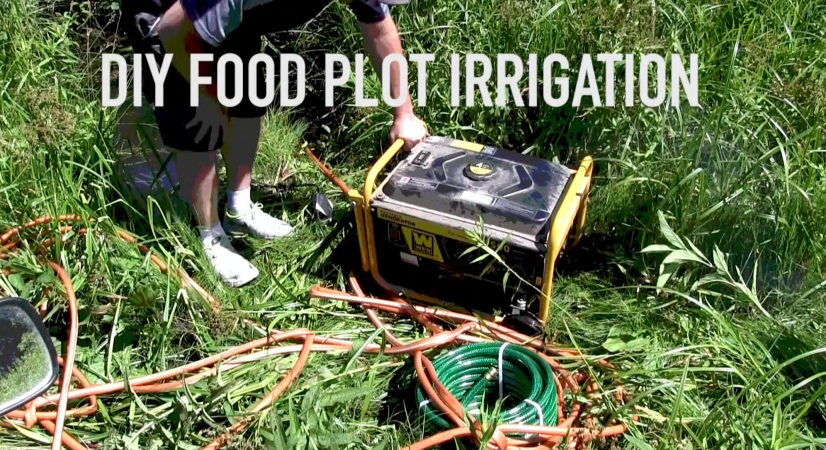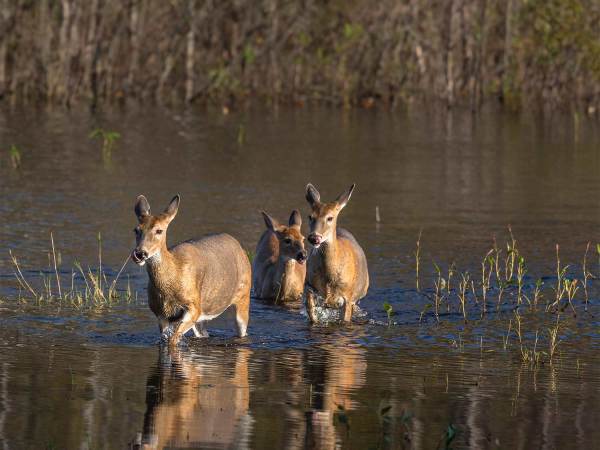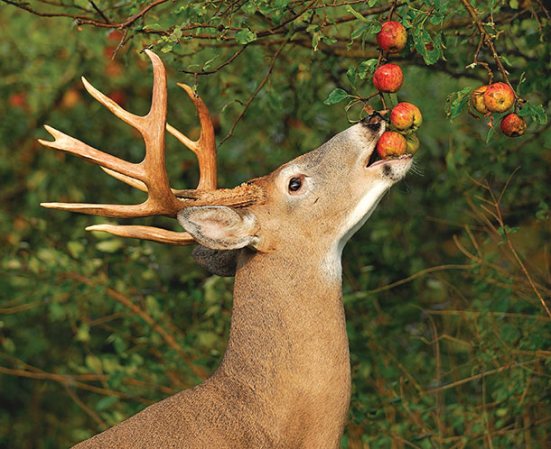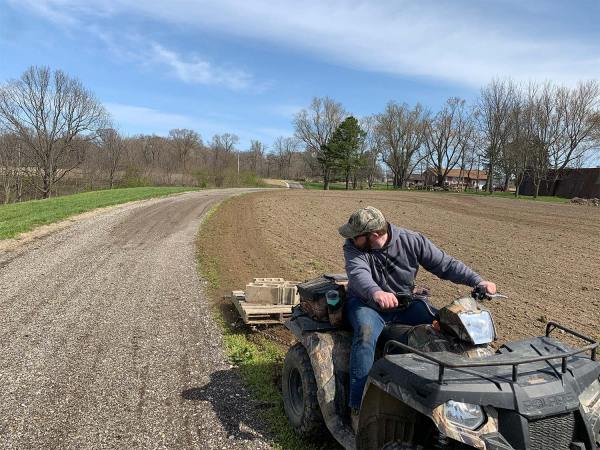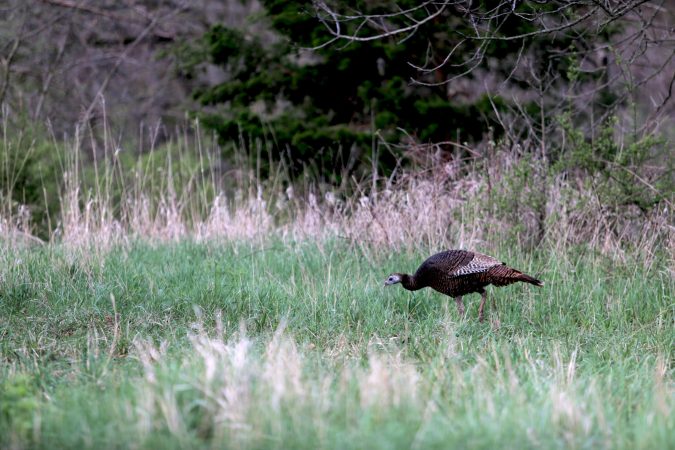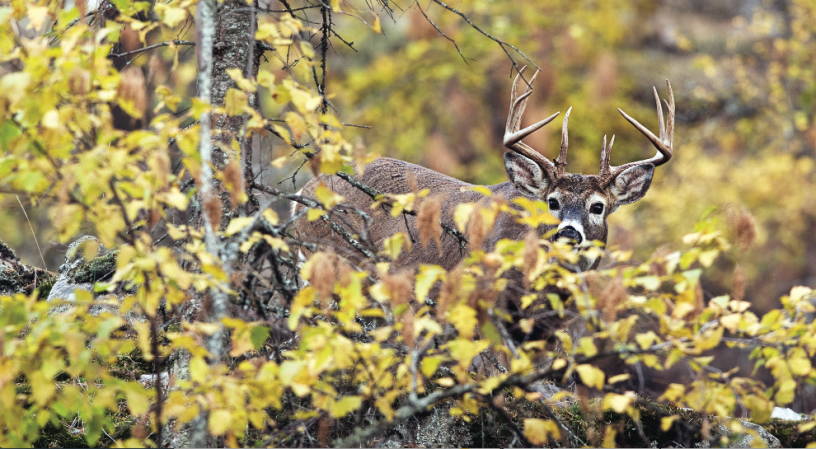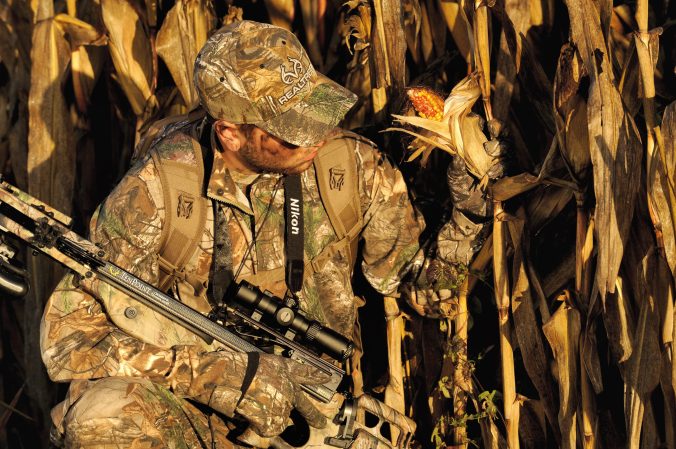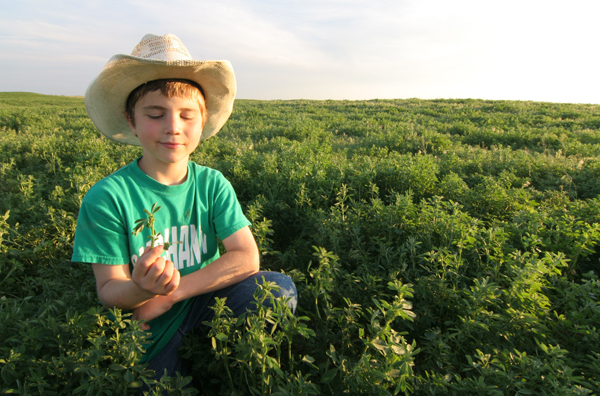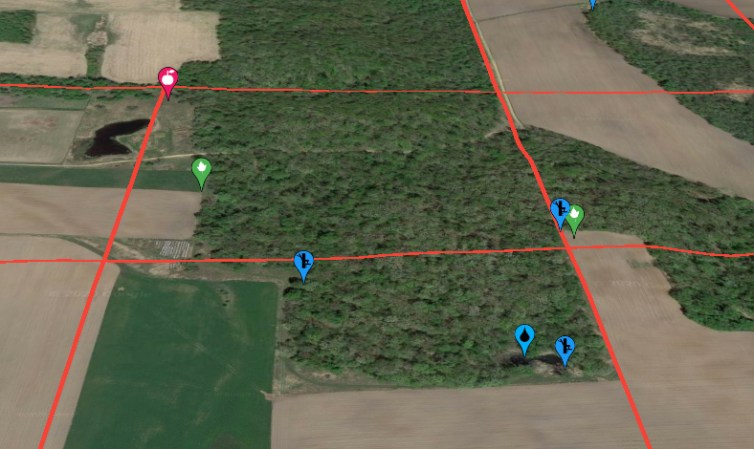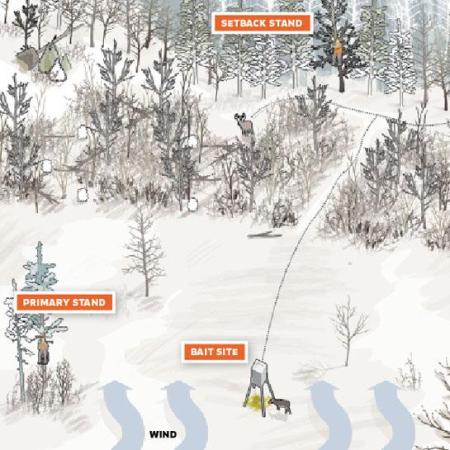Last week our phone and website came alive with foodplotters placing their spring seed orders. Sadly, few inquired about the most critical aspect of growing a successful food plot: soil testing.
Before planting, it’s of the utmost importance to analyze your soil to make sure that the soil composition is conducive to growing the seed you’re about to sew. Most parts of whitetail country suffer from soils with a low pH; somewhere in the 4 to 5 range. That means they are acidic in nature and most food plot forages won’t do well in them. The solution is simple. Adding pulverized lime to the soil will sweeten the soil making it less acidic. You are looking to raise your soil’s pH into the 6 to 7 range with 7 being ideal.
Sure the seeds will germinate and a bunch of green shoots will start to grow and you’ll feel real good about your food plot, but if your pH is not in the 6 to 7 range, your plants will begin to struggle in a month or so. If you are trying to work with soils in the 4 to 5 range the forages you planted will be unable to extract the minerals and nutrients from the soil or from any fertilizer you may have added. Just when the plants should be thriving, they will run out of grow-power and be overtaken by weeds or grasses.
A week or two before planting (that means now) collect a few samples of soil from your plot location. Mix them in a plastic pail, put some of the mix in a plastic baggie, and head to your local Ag store, or USDA office and order a soil test. You can also mail it to the Whitetail Institute of America for analysis (you must follow their ordering procedure).
The results will be back in a few days and if you tell them what you are going to plant your report will specify how much lime (if any) to add to your soil before planting and what fertilizer mixture to use and how much to spread. Bottom line, for optimum planting results you want your soil’s pH to test somewhere around 6.5 to 7. Lower than that means your soil needs some help usually in some form of pulverized lime.
Soil tests are simple to take and only cost a sawbuck or two to have done. They will save you dozens of hours of hard work and hundreds (if not thousands) of dollars in the long run.
For more information about food plots visit: Northcountrywhitetails.com

